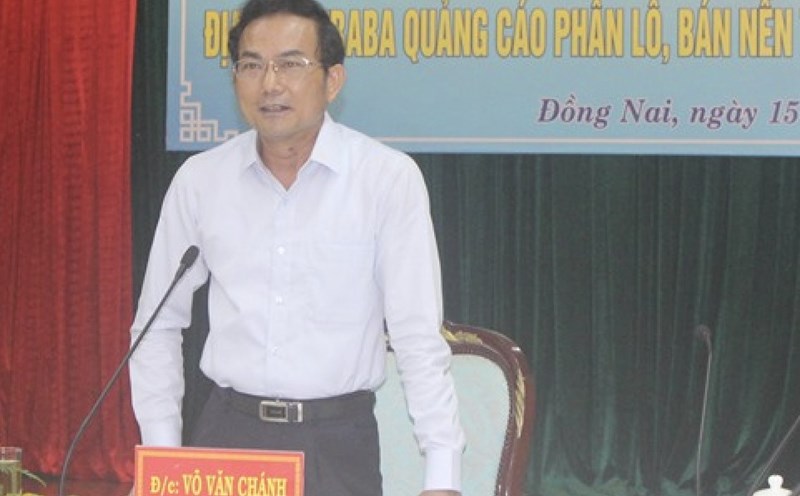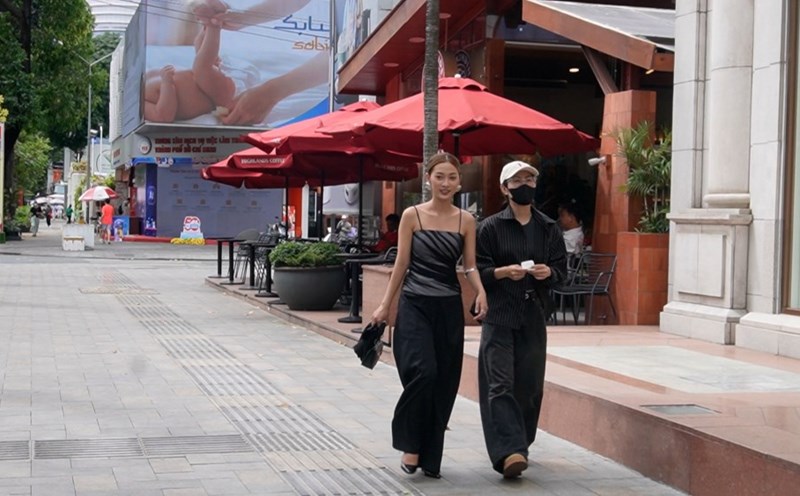After completing a field study at the Wuwangdun Cemetery No. 1 tomb in Huainan, Anhui Province, eastern China, Chinese archaeologists identified the tomb's owner as King Chu Kaolie. The tomb dates back more than 2,200 years, China's state broadcaster CCTV reported.
Wuwangdun Cemetery - a large and independent burial ground, covering an area of about 1.5 million square meters - is surrounded by a moat.
Archaeological excavations at the cemetery's Tomb No. 1 area have uncovered more than 10,000 artifacts. Based on analysis of the scale, structure, excavated artifacts, inscriptions, and comparison with historical records of Tomb No. 1, researchers have identified the tomb's owner.
Tomb No. 1 is located in the central area of Wuwangdun Cemetery, with a burial mound about 14m high. The tomb pit is a nearly square vertical shaft, measuring 51m on each side and 20m deep.
The burial area is divided into nine chambers, with the central chamber housing the main coffin. Surrounding this central chamber are eight side chambers containing various funerary objects.
One of the most important discoveries in Tomb No. 1 was a set of top-notch worship objects and musical instruments, providing insight into the funeral rituals of the Chu state.
A burial system "using figurines instead of human sacrifices" was discovered in Tomb No. 1. The western chamber contained 280 wooden statues, of which the first chamber, which may have served as a ceremonial guard statue room, contained more than 80 statues along with lacquered wooden chariot models, wooden sword and flute models.
The second chamber to the west appears to have been a music and dance room, with over 200 figurines along with models of chariots, zithers, and lacquered wooden flutes discovered. The well-preserved figurines are the largest and most diverse collection found in an ancient Chu tomb.









